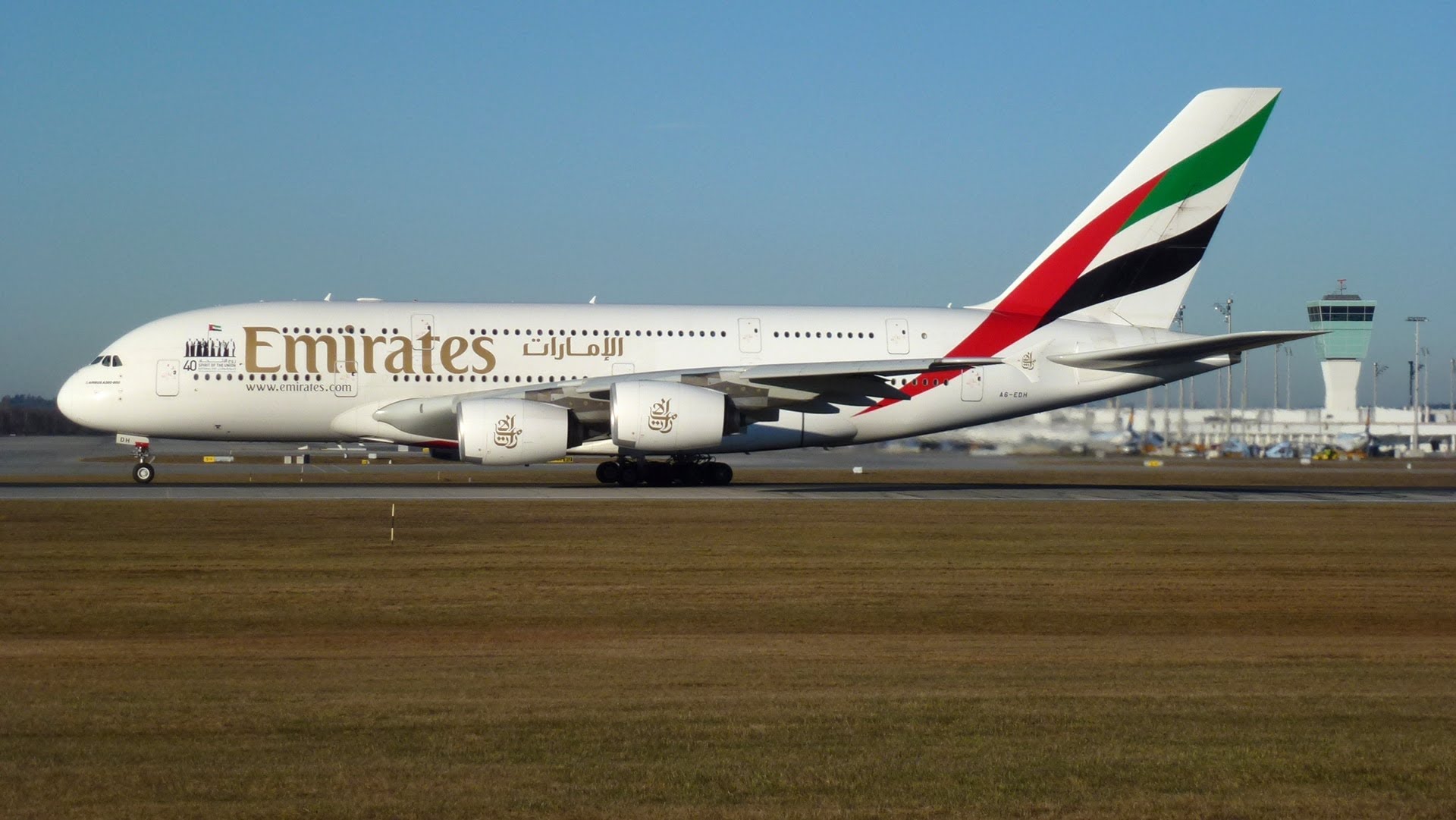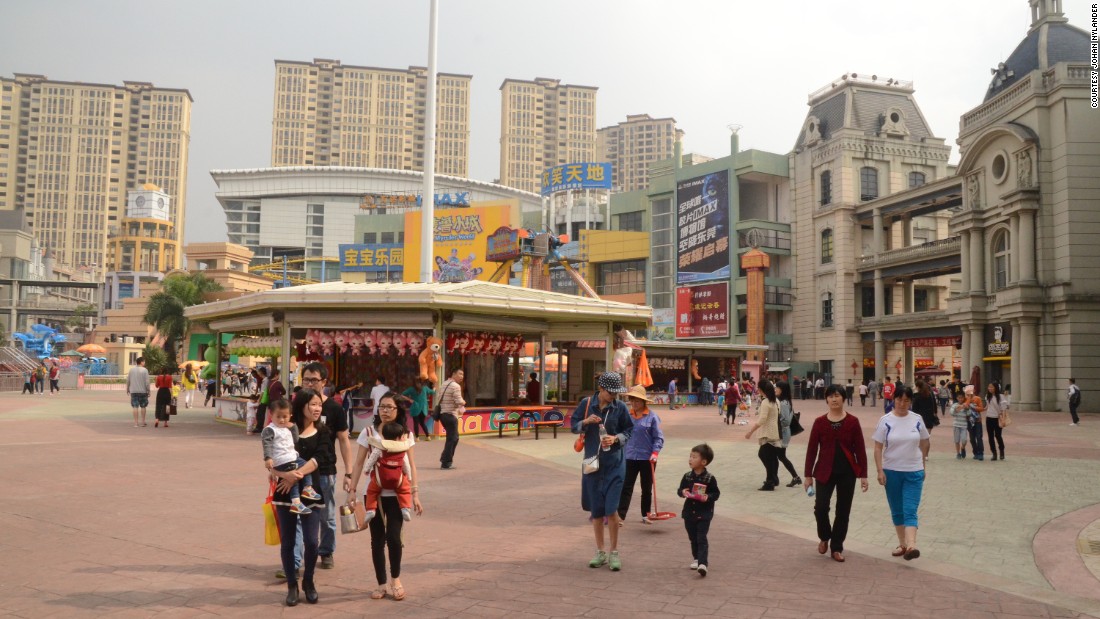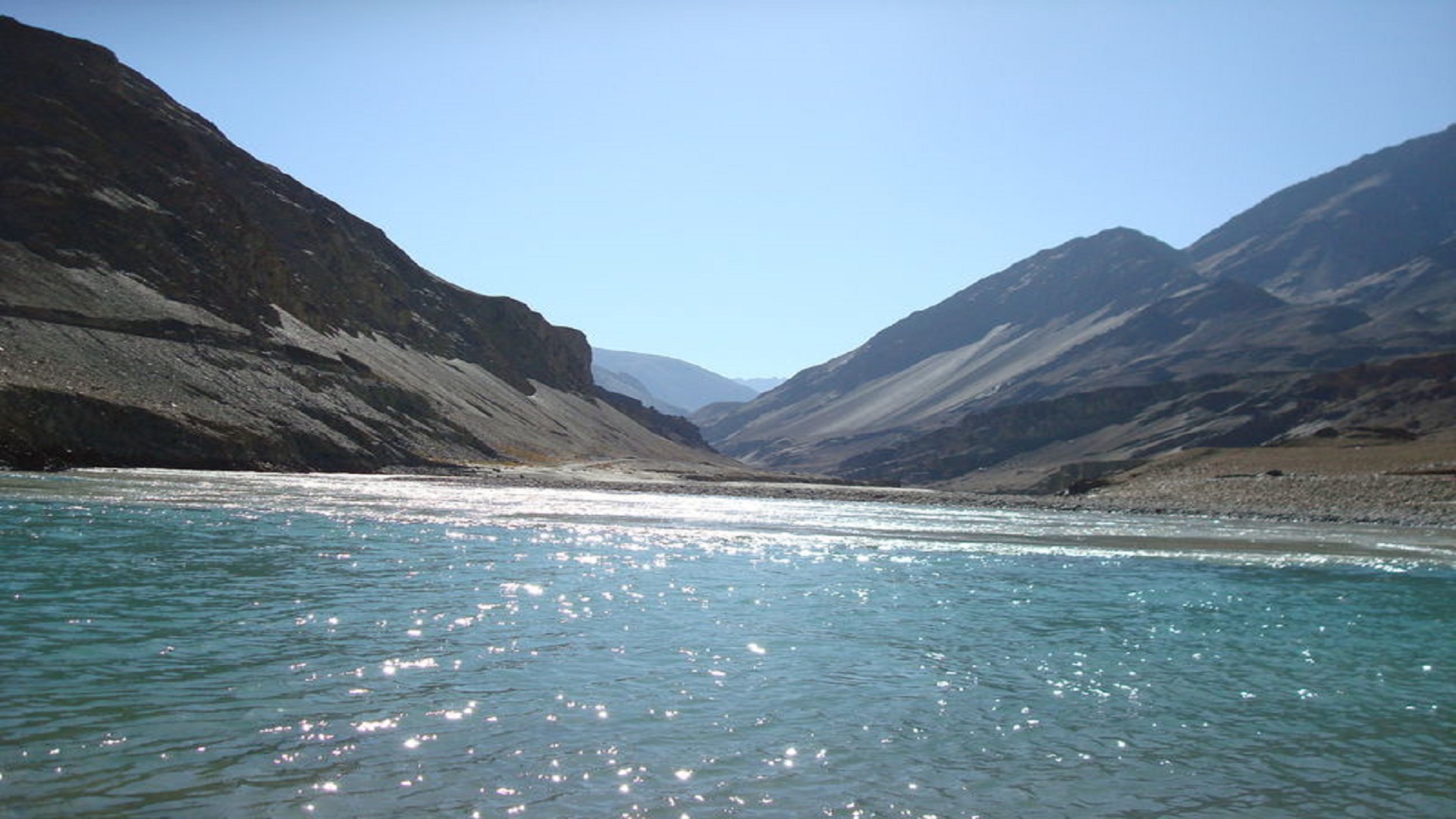Top 10 Most Largest Cities In The World 2025
Ever wonder what makes a city tick so loud it becomes one of the world’s biggest? Picture a sprawling metropolitan jungle, pulsing with millions of inhabitants, each corner buzzing like a beehive on overdrive. In 2025, megacities aren’t just dots on a map—they’re global hubs, shaping economies, cultures, and futures.
These urban centers, ranked by population, are the most populous places on Earth, weaving stories of growth, struggle, and innovation. Let’s stroll through the top ten, exploring their size, density, and significance. Which city claims the highest population? What’s the fastest growing? And how do these mega agglomerations balance sprawl with sustainability? Buckle up—this is a wild ride through the world’s leading urban landscapes.
A Deep Dive into Urban Giants
1. Tokyo, Japan: The Largest Megacity Worldwide
Population: 37,036,000
Area: 13,452 km²
Tokyo sits atop the list of the world’s largest cities, a dazzling metropolitan agglomeration that’s more than just Japan’s capital—it’s a global icon. Stretching across the Kanto region, Tokyo’s metro area swallows up neighboring prefectures like a hungry beast, housing over 37 million residents. Imagine a city so densely packed that every square kilometer crams in 2,642 people, yet it hums with clockwork precision.
Also Read: 5 Cities That Are Best For A Weekend Getaway
From the neon-lit districts of Shibuya to the serene Meiji Shrine, Tokyo blends tradition with futuristic design. Its infrastructure—think bullet trains and sprawling subways—is a marvel of systems engineering, making it a model for urban planning. But here’s the kicker: despite its scale, Tokyo faces a shrinking population due to an aging demographic. How does a megacity stay vital when its residents are graying? By leaning into innovation, from robotics to smart city frameworks, ensuring its prominence globally.
2. Delhi, India: The Fastest Growing Urban Titan
Population: 34,666,000
Area: 1,484 km²
Delhi, India’s capital, is a chaotic, vibrant metropolitan hub that’s sprinting up the rankings. With over 34 million inhabitants, it’s the second-largest city in 2025, and boy, is it crowded! This urban sprawl gobbles up the National Capital Region, blending ancient forts like the Red Fort with gleaming IT complexes. Delhi’s growth is explosive—think of it like a balloon inflating at breakneck speed, driven by migration and high birth rates.
Also Read: Top 10 Largest United States Cities By Population
But here’s the rub: this expansion comes with choking pollution and creaking infrastructure. Why does Delhi keep swelling? It’s a magnet for jobs, education, and dreams, yet its environments strain under the weight of overpopulation. City planners are scrambling, rolling out metro networks and green initiatives to keep this mega city livable. Will Delhi overtake Tokyo by 2030? The trends say it’s on track.
3. Shanghai, China: The Global Financial Powerhouse
Population: 30,482,000
Area: 6,341 km²
Shanghai struts onto the list like a peacock, flashing its skyscrapers and bustling ports. With nearly 30.5 million residents, this metropolitan area is China’s leading economic engine, a city where the Pudong skyline meets the colonial charm of the Bund. Located in the Yangtze River Delta, Shanghai’s strategic region makes it the world’s busiest container port, a hub for global trade.
Also Read: Top 10 Most Beautiful Cities In The World
Its urban landscapes are a testament to rapid development, but don’t be fooled—this megacity grapples with significant challenges, like traffic jams and housing shortages. What keeps Shanghai ticking? Its innovation in tech and finance, plus a sophisticated metro system that ferries millions daily. Sustainability is also a buzzword here, with green buildings and renewable energy projects shaping the city’s evolution. Ever wonder how a city so big stays so sleek? Shanghai’s answer is relentless progress.
4. Dhaka, Bangladesh: The Most Crowded Megacity
Population: 24,653,000
Area: 306 km²
Dhaka, the capital of Bangladesh, is like a pressure cooker—small in land area but bursting with over 24 million inhabitants. This megacity is one of the fastest growing urban areas worldwide, with a density that’ll make your head spin: roughly 80,000 people per square kilometer! Located in the Ganges Delta, Dhaka’s rapid expansion fuels its textile and publishing industries, but oh, the challenges! Flooding, traffic snarls, and slums test the city’s infrastructure.
Yet, Dhaka pulses with life, its zones teeming with markets and cultural festivals. How does this mega city cope? By investing in metro systems and urban planning, though the pace lags behind growth. Is Dhaka the future of urbanization? Its dynamics suggest a city on the cusp of transformation.
5. Cairo, Egypt: The Historical Urban Gem
Population: 23,074,000
Area: 2,010 km²
Cairo, perched along the Nile, is a city where history and modernity dance a tricky tango. Home to over 23 million residents, this metropolitan area includes Giza’s ancient pyramids, making it a global cultural treasure. Cairo’s significance lies in its role as Egypt’s political and economic hub, but don’t let the grandeur fool you—traffic and housing woes loom large.
Why does Cairo keep growing? Its youthful population and regional pull draw millions, yet urban planners wrestle with outdated systems. New monorail projects and sustainability efforts aim to ease the strain, but can Cairo balance its past with its crowded present? This megacity’s complexes of old and new make it a fascinating case study in urban evolution.
6. Sao Paulo, Brazil: Latin America’s Major Metropolitan
Population: 22,990,000
Area: 7,947 km²
Sao Paulo is like a carnival that never stops—vibrant, chaotic, and full of contrasts. With nearly 23 million inhabitants, it’s the largest city in Latin America, a sprawling metropolitan area that’s Brazil’s financial heartbeat. From the skyscrapers of Avenida Paulista to the favelas on the hills, Sao Paulo’s urban settings scream diversity. Its economy thrives on industry and finance, but water shortages and inequality cast long shadows.
What makes Sao Paulo tick? Its cultural clusters, from art galleries to samba bars, fuel its influence. City planners are pushing sustainability, with bike lanes and green spaces, but the scale of this mega city demands more. Can Sao Paulo keep its vibrancy without buckling? Its progress is a tightrope walk.
7. Mexico City, Mexico: The High-Altitude Hub
Population: 22,752,000
Area: 1,485 km²
Mexico City, nestled in the Valley of Mexico, is a metropolitan giant sitting 2,240 meters above sea level. With over 22.7 million residents, this urban agglomeration is one of the oldest capitals in the Americas, blending Aztec roots with modern complexes. Think of it like a spicy taco—rich, layered, and a bit messy. Its cultural hubs, like the Zócalo and Frida Kahlo’s museum, draw millions, but traffic and air quality issues nag like a stubborn cough.
Why is Mexico City so populated? Its economic pull and historical importance keep people coming. New metro lines and sustainability initiatives aim to tame the sprawl, but the city’s density tests its frameworks. Will this mega city soar or stumble? Its transformation is underway.
8. Beijing, China: The Political Mega Hub
Population: 22,596,000
Area: 16,411 km²
Beijing, China’s capital, is a city where history meets power. Home to over 22.5 million inhabitants, this metropolitan area stretches across the North China Plain, including parts of Tianjin and Hebei. From the Forbidden City to the sleek CCTV building, Beijing’s urban landscapes scream influence. It’s like a chessboard where every move shapes global dynamics—think trade deals and tech breakthroughs. But here’s the catch: air pollution and high living costs cloud the city’s shine.
Beijing’s infrastructure, with extensive subways and smart systems, keeps it humming, while sustainability efforts tackle its environmental impact. How does this mega city stay relevant? By wielding political prominence and cultural clusters like a maestro. Its evolution is a global spectacle.
9. Mumbai, India: The City of Dreams
Population: 22,089,000
Area: 603 km²
Mumbai, India’s financial capital, is a metropolitan hub that’s like a Bollywood blockbuster—glitzy, crowded, and full of drama. With over 22 million residents, this urban area crams people into a tiny land area, making it one of the most densely populated cities globally. From the Gateway of India to the bustling Bollywood studios, Mumbai’s zones pulse with energy.
Its economy thrives on finance, film, and ports, but slums and traffic snarl its progress. Why does Mumbai keep growing? It’s the land of opportunity, drawing dreamers like moths to a flame. New metro lines and coastal roads signal infrastructure expansion, but sustainability remains a puzzle. Can Mumbai’s vibrant clusters outshine its challenges? Its influence says yes.
10. New York City, United States: The Global Metropolitan Icon
Population: 19,154,000
Area: 12,093 km²
New York City, the Big Apple, rounds out the top 10 with nearly 19.2 million residents in its metropolitan area. Stretching across New York, New Jersey, and Connecticut, this urban agglomeration is a global hub for finance, media, and culture. Think of it like a kaleidoscope—every turn reveals a new facet, from Wall Street to Broadway.
Its infrastructure, with extensive subways and bridges, is a testament to urban design, but aging systems and high costs pose challenges. Why is New York City so populated? Its economic pull and cultural clusters draw people like magnets. Sustainability efforts, like green buildings, aim to curb its impact, but can this mega city keep its shine? Its global prominence is undeniable.
What Are the Trends Shaping These Megacities?
Megacities in 2025 aren’t just big—they’re complex conglomerates reshaping the world. Urbanization, like a runaway train, drives growth, pulling people to cities for jobs, education, and better lives. Asia dominates the list, with five of the top ten cities—Tokyo, Delhi, Shanghai, Dhaka, and Mumbai—found in this region. Why? High birth rates and migration fuel their expansion, while Africa’s Cairo and Latin America’s Sao Paulo and Mexico City show significant growth. But here’s the catch: these urban giants face huge challenges. Overcrowding, pollution, and strained infrastructure test their resilience, while sustainability is the golden ticket to survival.
What’s the biggest hurdle? Balancing growth with livable environments. Cities like Delhi and Dhaka grapple with slums and flooding, while Tokyo and New York City tackle aging systems. Innovation is key—think smart cities, green buildings, and metro networks. For example, Shanghai’s port and Beijing’s tech hubs show how cities leverage their strengths. But can these mega cities keep up? The future hinges on urban planning and sustainable frameworks.
Which City Is the Largest in the World?
Tokyo holds the crown in 2025, with over 37 million residents. But watch out—Delhi is nipping at its heels, projected to overtake it by 2028. What makes Tokyo the largest? Its vast metropolitan area, efficient infrastructure, and global influence. Yet, cities like Dhaka and Cairo are surging, driven by rapid urbanization. The world’s urban future is shifting, with developing regions like Asia and Africa taking center stage.
How Do These Cities Compare to 2024?
From 2024 to 2025, the top ten cities show slight shifts. Tokyo remains the largest, but Delhi and Dhaka climb faster, reflecting Asia’s urban boom. Shanghai and Beijing hold steady, while Cairo edges up due to its youthful population. Sao Paulo and Mexico City stay strong, but Mumbai and New York City see slower growth. The trend? Developing cities are outpacing developed ones, reshaping the global urban landscape.
What’s the Area of These Cities?
Area matters as much as population. Beijing’s vast 16,411 km² dwarfs Mumbai’s tiny 603 km², showing how urban sprawl varies. Tokyo’s 13,452 km² and New York City’s 12,093 km² reflect extensive metro zones, while Dhaka’s 306 km² screams density. Delhi (1,484 km²), Shanghai (6,341 km²), Cairo (2,010 km²), Sao Paulo (7,947 km²), and Mexico City (1,485 km²) balance land with crowds. These areas shape how cities manage growth and infrastructure.
Why Are These Cities So Populated?
Megacities grow because they promise more—jobs, education, and opportunities. Tokyo and New York City draw global talent, while Delhi and Mumbai pull rural migrants. Shanghai and Beijing ride China’s economic wave, and Dhaka’s textile boom fuels its surge. Cairo’s historical pull and Sao Paulo’s industry keep them bustling. But growth isn’t all rosy—overcrowding, pollution, and inequality challenge these urban giants. The key? Smart urban planning and sustainable systems to keep them thriving.
What’s Next for These Megacities?
The world’s largest cities in 2025 are more than numbers—they’re living, breathing entities. From Tokyo’s precision to Dhaka’s chaos, each city tells a story of growth, struggle, and hope. As urbanization accelerates, sustainability and innovation will define their futures. Will Delhi claim the top spot? Can Dhaka tame its density? And how will Tokyo stay vital? One thing’s clear: these megacities are the world’s beating heart, shaping our global future. Stay tuned—the urban saga is just beginning.




